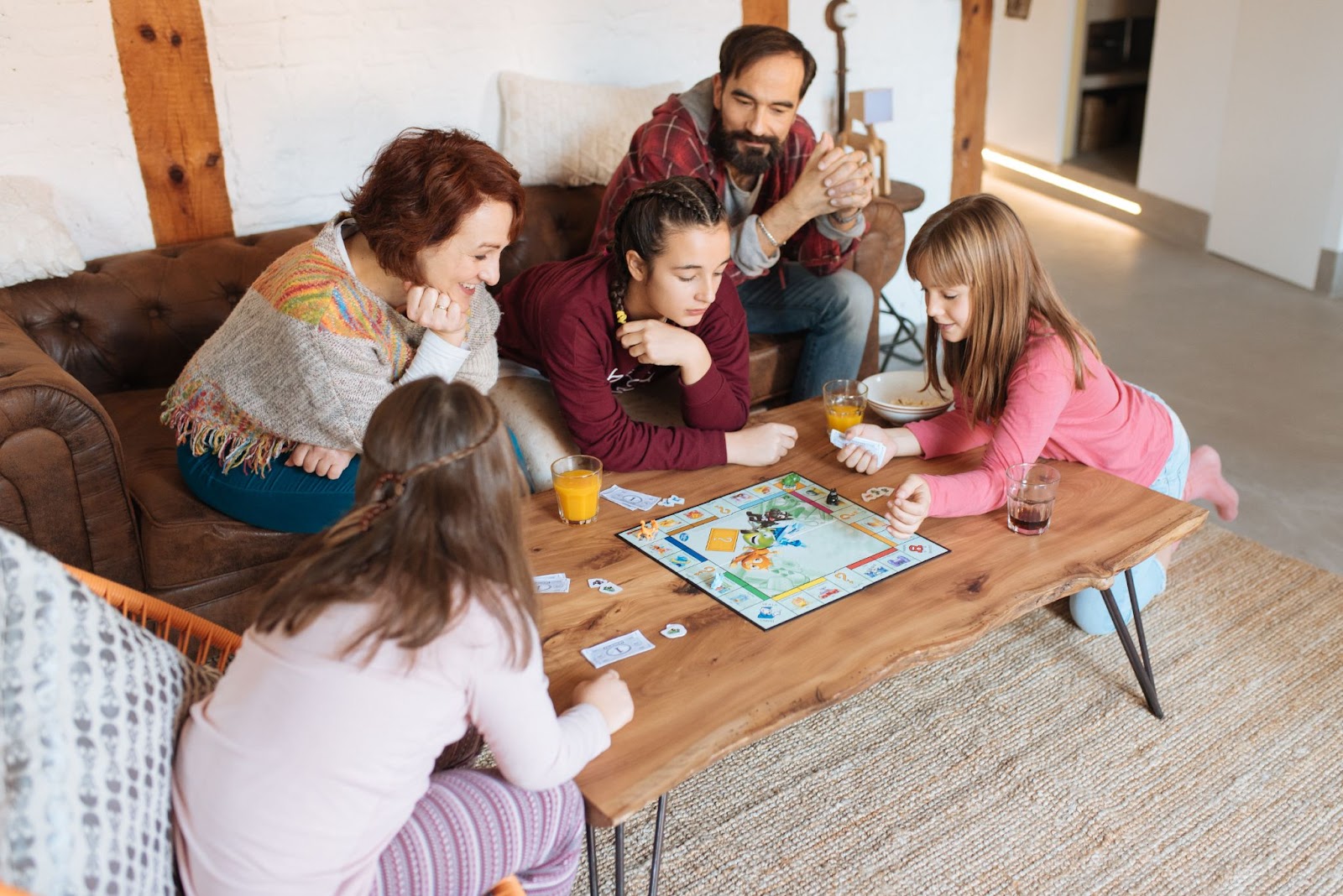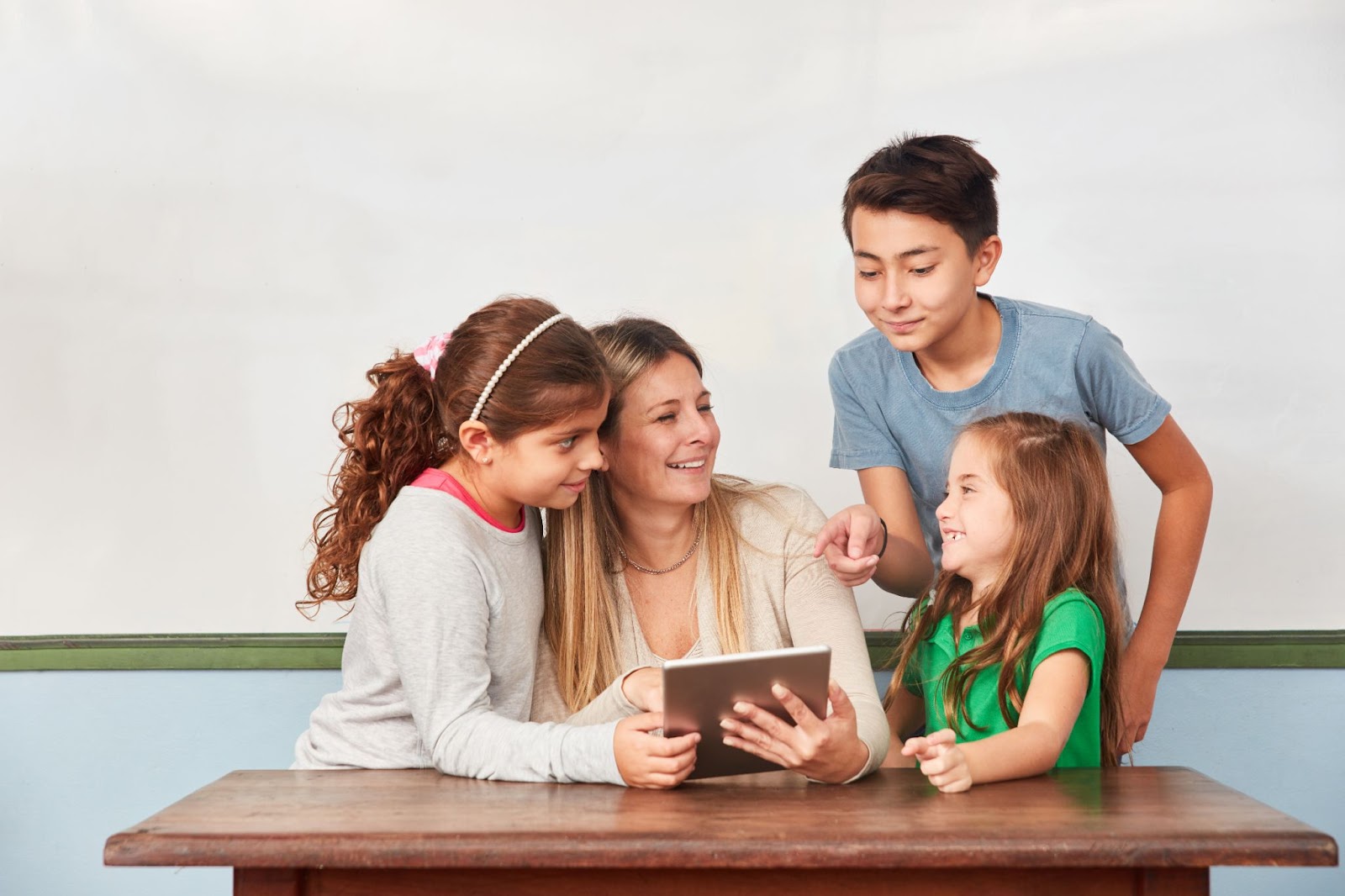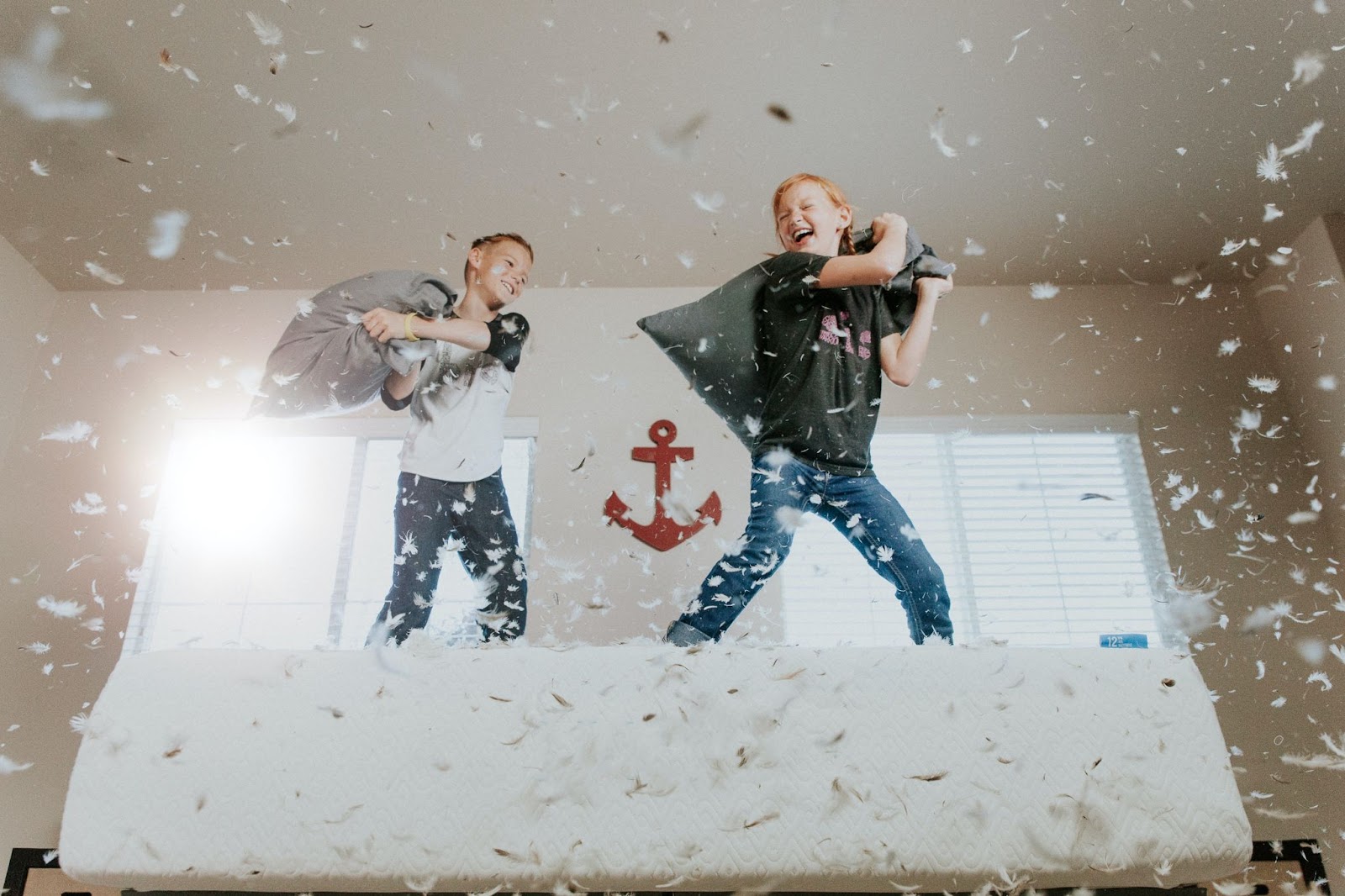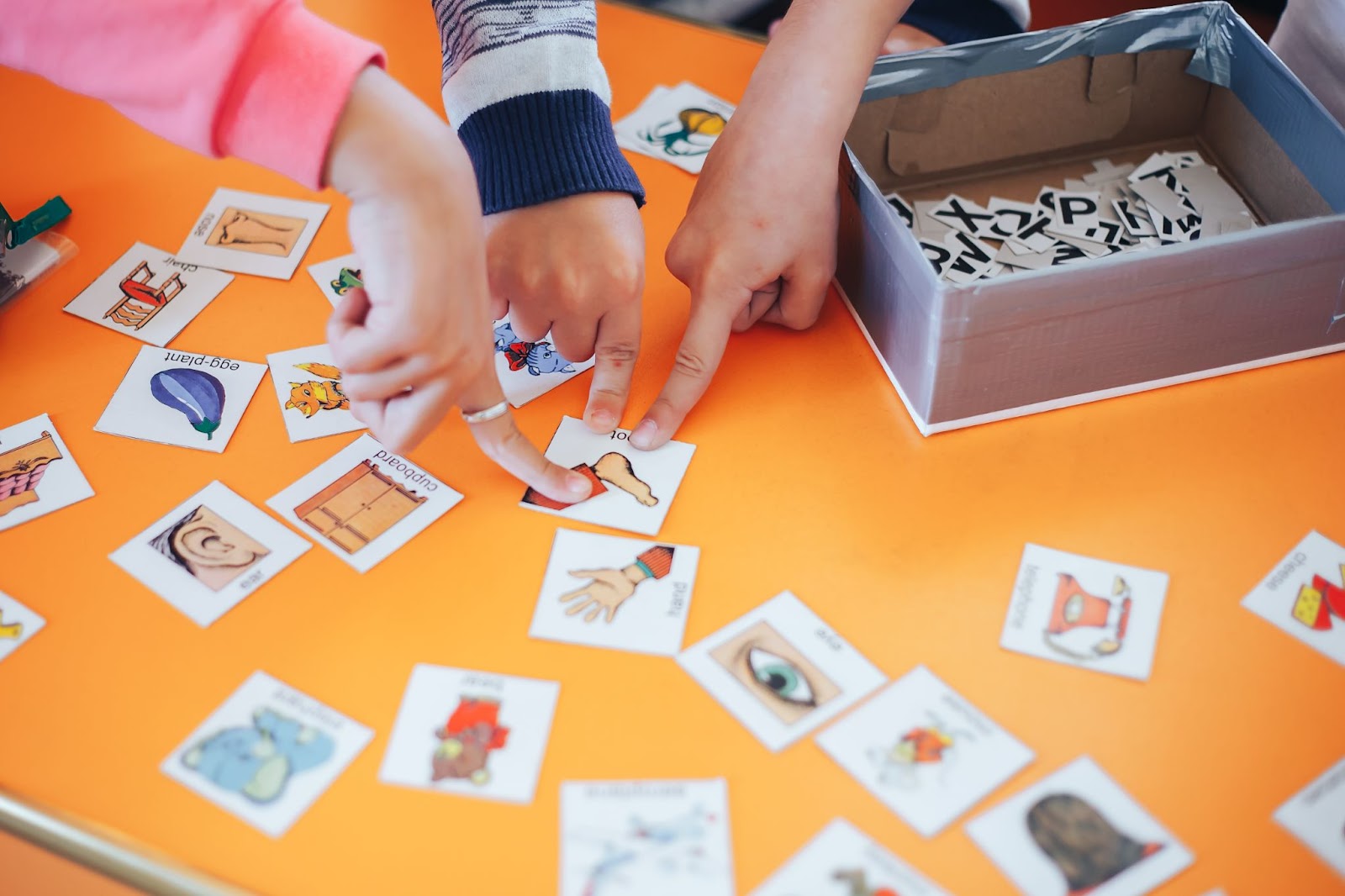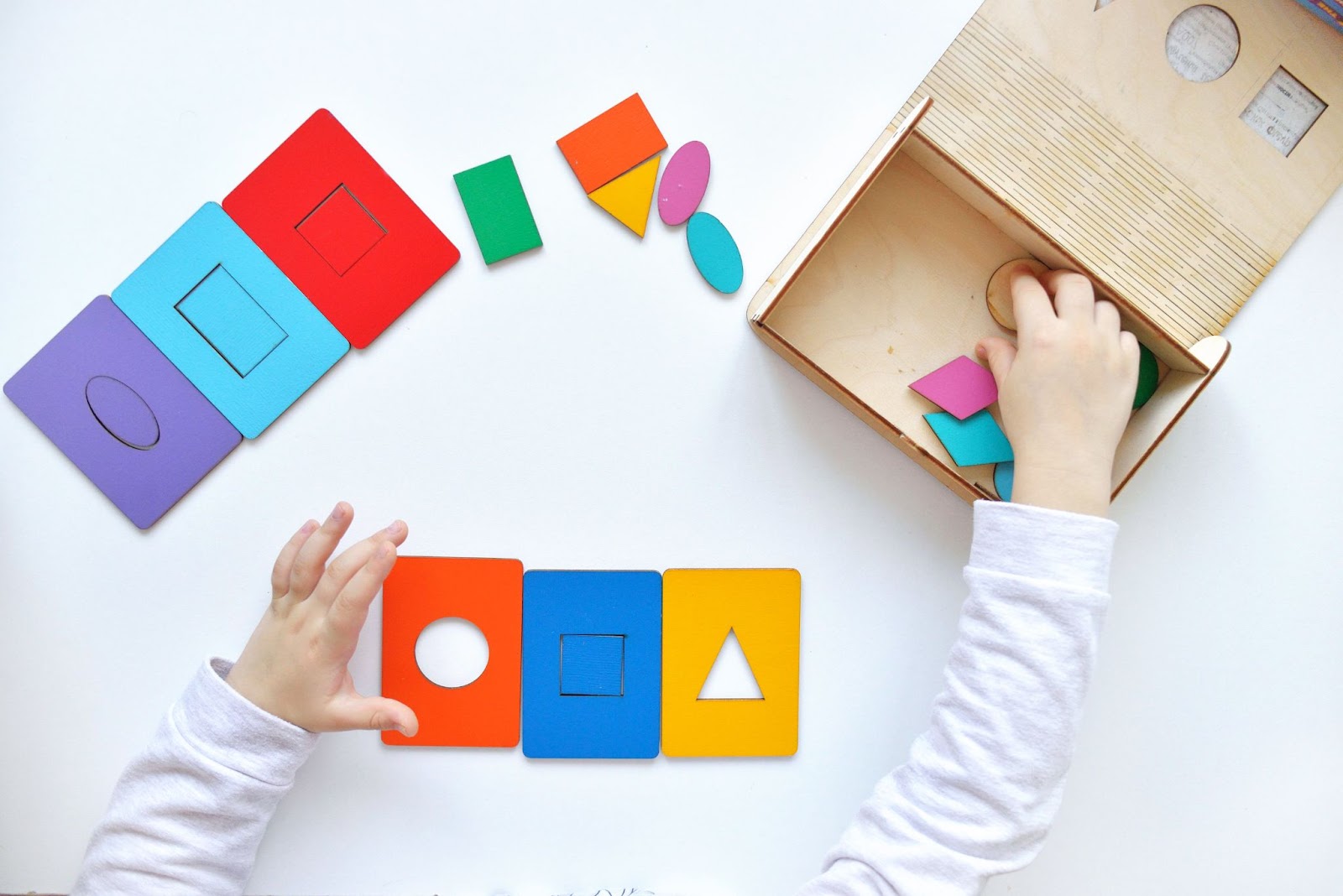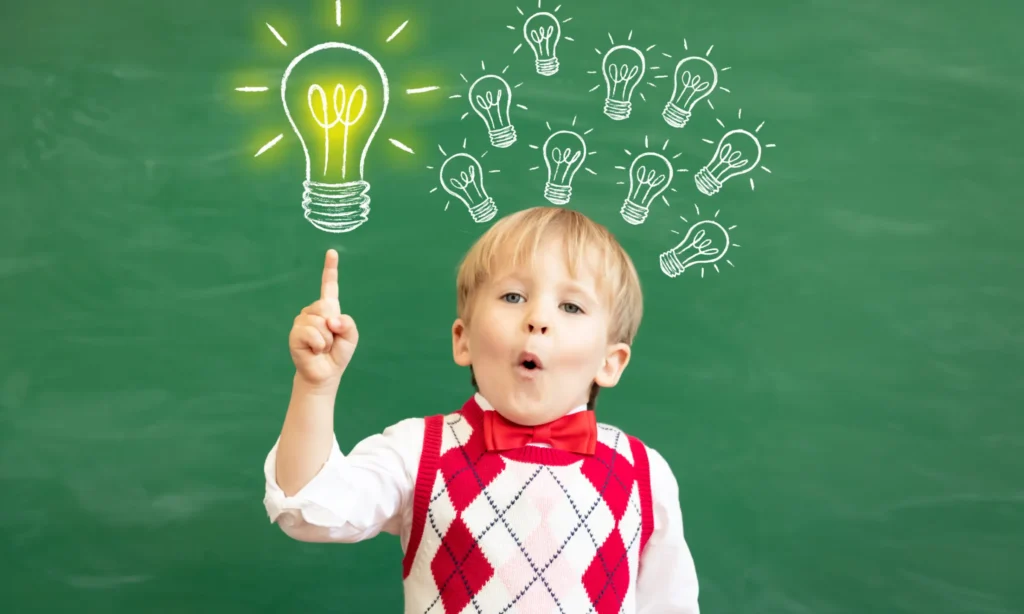Games for kids with different learning styles: how to choose one?
- How many learning styles are there? Find out your kid’s language learning style
- How to support different learning styles with activities?
- Games supporting different learning styles – fun language learning games
- Movement-based games
- Singing songs in English
- Reading books in English
- Interactive online English lessons with Novakid
- Board games and card games
- Creative worksheets/coloring pages
Each human being is different from another. Even seemingly identical twins differ from each other in behavior, have different personalities, and find other things motivating them in life. Parents should understand that children develop at their own pace and need different teaching methods to successfully achieve their goals.
When teaching kids, parents and teachers should always pick appropriate teaching methods, designed for different types of learners. Thanks to this, children will have a chance for effective and stress-free learning. One of the strategies used in the process of teaching foreign languages in different learning styles is gamification.
Gamification can be easily combined with different learning styles. It doesn’t matter if your child is a kinesthetic, tactile, visual or auditory learner. There are language learning games and activities tailored to each learning style and children’s ability to learn.
Explore the four different learning styles and understand how to support the child’s development using gamification in each of the learning styles. The ideas for fun language activities and games given in this post are easy to carry out at home and do not require many hours of preparation. Choose the best learning method tailored to your child’s needs and unlock your child’s full potential!
How many learning styles are there? Find out your kid’s language learning style
Scientists distinguish four main learning styles:
- Visual – visual learners learn most efficiently by using the sense of seeing.
- Auditory – auditory learners learn most efficiently by using the sense of hearing.
- Tactile – tactile learners learn most efficiently by using the sense of touch.
- Kinesthetic – kinesthetic learners learn most efficiently by performing actions and moving.
Children who are visual learners often observe the body language and facial expressions of a parent or teacher to fully understand the meaning of the voice message and decipher it correctly.
Visual learners tend to have a well-developed imagination and often think in pictures. Too much movement or fuss in the classroom can distract them. For older children who are already reading on their own, written, colored or graphical instructions can help clarify a topic.
Children who are auditory learners are eager to participate in discussions and conversations. Descriptive explanations in the form of a verbal message help them understand the written message. Too much noise can distract an auditory learner, so children with this learning style focus best in a quiet environment.
Children who are tactile learners prefer activities, or projects that allow them to use their hands and have as much tactile contact with other objects as possible. An example of what tactile kids like the most can be drawing, painting, modeling with clay, constructing, cutting or sticking different materials together.
Kinesthetic learners are quite similar to tactile learners, but are even more active. Children who are kinesthetic learn best through physical sensations and usually have trouble sitting still. They’re all over the place! For kinesthetic learners, the best method of learning will be a hands-on approach that uses movement, running, and active exploration of the physical world. The TPR method is highly recommended!
It is possible for children to develop more than one main learning style. This is why some children prefer audio visual learning or audio kinesthetic learning. The best foreign language activities should support more than one learning style.
How to support different learning styles with activities?
How parents and teachers approach students who represent different learning styles has a huge impact on education from an early age. Understanding which language learning activities will be best for each learning style and approaching it according to the child’s nature will be greatly beneficial.
Teaching programs, used in kindergartens and the first years of elementary school, are geared towards broadly supporting children’s strengths and needs. Classes for the youngest age group are interdisciplinary and as diverse as possible. Pre-school teachers should use a mix of teaching styles so that each child can benefit from the class and support their unique learning style.
Lessons for the youngest students should always include:
- motion play time,
- integration games in a circle,
- time for music activities,
- places for children to calm down and play individually,
- an art corner for craft projects,
- a quiet room for learning a foreign language,
- outdoor fun activities,
- trips to interesting places.
Thanks to a large selection of various forms of learning, the child can freely experiment with activities, while developing their core areas of interest. In addition to activities suggested by teachers at kindergarten or school, parents at home can also help children better understand their strengths. It is worth supporting the development of visual, auditory, tactile and kinesthetic learners by collecting experiences from the real world, for example during trips to the zoo, swimming pool, museums, theater, or concerts.
The more stimuli your child receives, the more their understanding of the world around them will develop. Especially, if the presented information will be adapted to the child’s individual learning style.
Games supporting different learning styles - fun language learning games
In this section, we gathered some ideas for games and activities adapted to each learning style. Keep in mind that for example motion games from which kinesthetic learners benefit the most, can also support auditory and tactile kids’ learning styles.
During interactive English lessons with Novakid, the teaching methods used will work well for visual learners, auditory learners, tactile learners, and kinesthetic learners. Learn more about learning methods that support different learning styles simultaneously! Choose the best way to make language learning fun for your kid!
Movement-based games
Movement-based games are what kinesthetic learners love the most! They allow kids to engage their whole body in the learning process and receive various physical stimuli from all angles. Great examples of engaging motion games are races, slaloms, a game of tag and games such as “Simon Says”. Tactile learners will also benefit from these learning style activities because they can have tangible contact with other people and objects.

Singing songs in English
An activity best for auditory learners, but not only for them. Listening to music and singing songs in English is a real treat for tactile and kinesthetic learners too. Since most children’s songs focus on showing things and dancing, this method of learning will work well for many children.
By singing songs in English, children simultaneously learn new vocabulary and pronunciation, develop the sense of listening and singing skills, and engage the entire body to learn. A good example of a song that supports all of these skills is “Banana Fish Pizza”.
Reading books in English
Reading aloud develops children’s imagination and creativity, and supports the learning process, especially for auditory and visual learners. When reading books to auditory learners, it is worth playing with voice intonation and narrating in an interesting way.
For visual learners, it will be crucial to follow the text in the book together, e.g. by pointing to it with your finger or marking the most fascinating fragments with colorful pieces of paper.
Discover the children’s story Moon Dog and practice English reading. You can find more auditory learner activities and activities for visual learners at Novakid’s YouTube channel.
Interactive online English lessons with Novakid
Online English lessons at Novakid are tailored to any learning style. During the 25-minute class, the child has the unlimited attention of their native speaker teacher. Each lesson contains many engaging games and activities and is held on a fun and stress-free interactive online platform.
One of the most fascinating forms of fun English learning with Novakid are the Novakid Tales. They are an engaging series of animated comics for children which engage both auditory and visual learners.
Board games and card games
Classic games are a great way to support the needs of visual, auditory, tactile and kinesthetic learners. Visual learners will surely enjoy the richly illustrated elements of board and card games.
Auditory learners will be stimulated by verbal commands given during the game. Touch enthusiasts will be satisfied thanks to the various textures, shapes, and patterns of board and card games. Kinesthetic learners will be delighted with the possibility of real-life contact during playtime with their loved ones.
Creative worksheets/coloring pages
Art and crafts are perfect for tactile learners, but also visual and kinesthetic ones. You can draw pictures, tables, and graphs illustrating a given issue together with your child, fill in colorful worksheets, color, do crafts, painting, modeling, gluing, or more complicated DIY projects. For example, check out how to make a Marble Labyrinth Game with your child.
Share your experience on activities for different learning styles with us in the comments section below. If you already tried learning language games tailored to the needs of visual, auditory, tactile and kinesthetic learners – let us know! Try online English lessons with Novakid that support different learning styles among children. Tailor your child’s education with their nature!
Did you like the article?
































